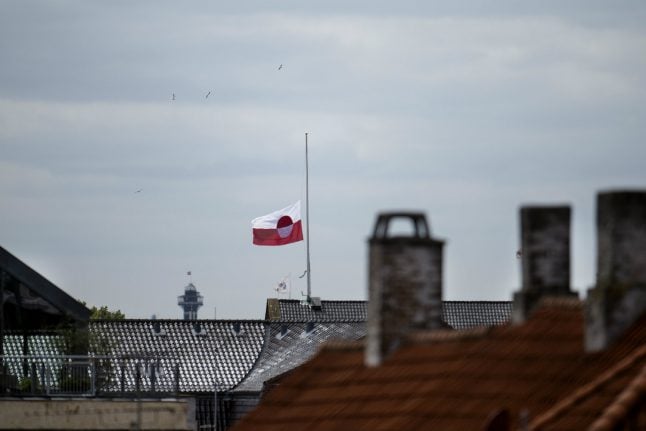“Incomprehensible,” was the response of one freedom of information expert to the proposal.
The government has also proposed amending the constitution to ensure that the principle of public access to official records (offentlighetsprincipen) does not apply to the back up copies, according to a report in the Svenska Dagbladet (SvD) newspaper.
The tsunami tapes are back up copies of all the data traffic from the government offices on and around Boxing Day 2004 when the tidal wave catastrophe occurred in South-East Asia.
The tapes went missing around the time of the catastrophe and during the course of the subsequent investigation into (the former Social Democrat) government inaction to manage the crisis, which affected hundreds of Swedish holidaymakers.
They were rediscovered in a cellar at the government offices several years later.
When the tapes emerged the new right-wing government sought to have them classified for 70 years and were roundly criticised by heavyweight legal counsel on the Council on Legislation (Lagrådet).
In order to gain exception from freedom of information stipulations certain criteria must be fulfilled, this was ruled to not be the case, and the government was forced to back down amid a storm of criticism.
A decision was taken by the government and the parliament to classify the tapes for three years. The government has now presented a proposal to extend the classification of the contentious tapes for a further 70 years.
The proposal if passed would mean that information from the tapes could only be released if the information “does not risk damaging the work of the government offices.”
The new proposal has also received criticism from legal experts.
“It is completely incomprehensible, then the principle of public access to official records does not exist at all,” Anders R Olsson told the newspaper.
Olsson continues to argue that the government has still not been able to satisfactorily demonstrate the concrete nature of the threat posed by the tapes.
The government has previously claimed that the tapes could be used to decipher the nature of routines and work methods applied by the government offices.
To avoid coming into conflict with the public access principle, the government has proposed that the back up tapes be permanently excluded. This means that they would never be available for public access and would serve only for internal government purposes.
The tsunami tapes are said to contain information that is not available anywhere else and thus can not be excepted from the public access principle, legal expert Jeanette Gustafsdotter argued to the newspaper.
According to Gustafsdotter the government proposal is a further indication that the principle is being weakened and undermined.


 Please whitelist us to continue reading.
Please whitelist us to continue reading.
Member comments